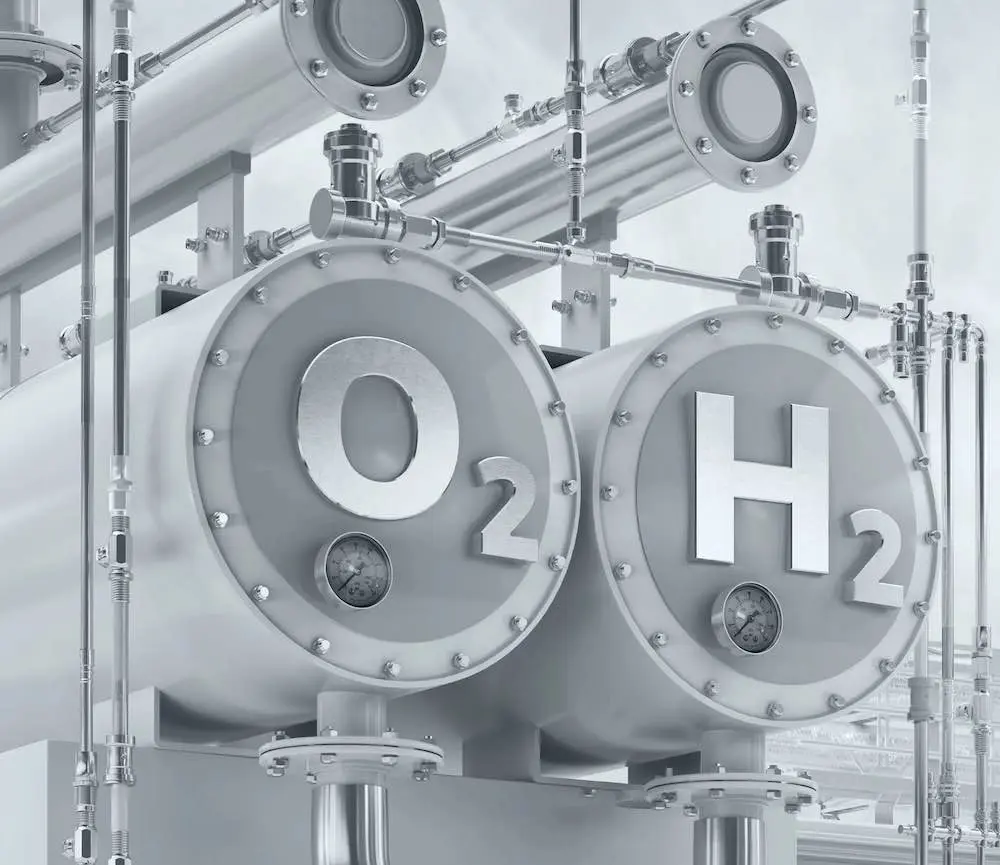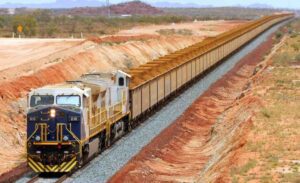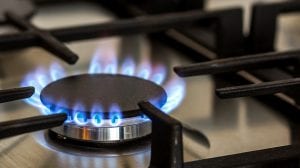Hydrogen electrolyser manufacturers are staring into the valley of death, as the hype-fuelled valuations of 2021 and high hopes of the hydrogen economy come crashing down around their ears.
Last week, two of the most notable electrolyser technology developers – Plug Power and Bloom Energy Corp – revealed the depth of their problems as they try to achieve massive scale while improving and reducing the cost of the technologies they are developing.
Shares in the two US-based companies, along with the US-listed Fuel Cell Energy and Ballard Power Systems, have been sinking since July last year, and none have come back from the hype-fuelled peak of early 2021.
In contrast, European companies appear to be in less financial trouble but their investors are just as glum, with Nel ASA and McPhy Energy also trading at five year lows.
Hydrogen bubble has popped
The electrolyser manufacturing industry wasn’t supposed to be in this shape in 2024. At least, not for those who believed the assumptions being made at the time.
In 2021, costs were expected to fall but instead they rose dramatically, while expectations of exponential, tech-like revenue growth for the first movers led to hyped up valuations.
Today, the bubble has popped, along with the realisation that while hydrogen will play an important role in some key industries, it’s not likely to make much ground in sectors such as passenger cars of home appliances.
“The electrolyser manufacturing sector is going through a massive learning-by-doing as they’re flying the plane,” says Clean Energy Finance director Tim Buckley.
“It reminds me of the internet bubble 20 years ago where you had the hype and the bubble burst, and a decade later a lot of the expectations came through and the industry was transformed. But you’ve got to get through the valley of death and we’re only three years into that.”
An example of the kinds of wild figures being tossed around was speed of electrolyser cost reductions suggested by McKinsey and global industry lobby group the Hydrogen Council.
In February 2021, at the very peak of the hydrogen hype cycle, the two organisations issued a report forecasting electrolyser costs falling to $US480-620 per kilowatt (kW) by 2025 and $US230-380 per KW by 2030.
Two years later in February 2023, consultancy EY said costs had only fallen by a fraction of what was expected, with alkaline electrolysers at $US700-1,100 per kW and PEM technology at $US1,200-2,000 per kW.
“As the PEM technology advances, it is expected to achieve parity with alkaline (about $US500 per kW) by FY2030,” the report read.
Also in 2021, Norwegian electrolyser maker Nel ASA said it would cut the cost of its electrolysers by 75 per cent and reduce the price of green hydrogen to $US1.50 per kg by 2025, with a new 2GW factory. It got its first 500 MW production line running by 2022, but has delayed those initial ambitions from 2025 to 2028.
Green hydrogen still costs about $US5/kg to make.
The outlook generally is positive, but the market is taking longer to develop than expected as the industry figures out what models and markets will actually work, Evercore senior managing director James West told industry publication Hydrogen Insight in November.
Some of the troubles are being attributed to the slow rollout of government support programs, but these are finally expected to start paying out this year.
The Regional Hydrogen Hubs programme in the US, part of the 2021 Bipartisan Infrastructure Act, hasn’t issued any funding yet. And the $US3/kg production tax credits from the US Inflation Reduction Act are being held up by delays in rules from the Treasury Department as to who qualifies for them.
In Europe, developers are also claiming that country-level funding via that Important Projects of Common European Interest has been too slow.
China leads on prices – again
In contrast, Chinese companies appear to be beating the McKinsey forecast.
A public tender by state-owned China Energy Engineering Group saw alkaline machines sold in at an average of $US210 per kW and PEM electrolysers at $US630 per kW.
These are figures that will put pressure on Asia-focused companies, such as Bloom Energy which is leaning hard on sales to Korea, and on startups in Australia which are still in their infancy.
And they’re figures that non-Chinese companies will only be able to beat if Asian nations create a joint regional carbon border adjustment mechanism (CBAM) – a carbon price – that makes green hydrogen competitive with fossil fuels, says Buckley.
“In some respects there is huge potential for seaborne hydrogen and ammonia exports but consensus about where the real market will be… all of that presumes there is going to be significant policy framework. Calling it bluntly, a price on carbon in the Asian market,” he says.
“There’s got to be a carbon price so we can compare hydrogen against LNG or coal. Otherwise we’re looking at open-ended subsidies for hydrogen.”
Beating China will also take money.
Japan has announced a $US21 billion subsidy, via contracts for difference for both domestically produced and imported hydrogen to allow producers to sell at the same price as fossil alternatives – for the next 15 years.
By contrast, the Australian federal government is spending $2 billion via its Hydrogen Headstart revenue support program to scale up green hydrogen in Australia.
Can Aussie battlers make it?
Australia’s hydrogen electrolyser manufacturing sector is much newer than Europe’s or North America’s, with just a handful for startups duking it out for customers and investment – and of course Fortescue, which said in October it had finished its first hime-made electrolysers.
Endua, Hysata, Hadean Energy and Hazer are all competing to deliver their updated electrolyser technologies into customer hands, but it’s still very early stages for both tech and demand.
The long term opportunity is solid, says Paul Sernia, CEO of PEM machine maker Endua.
“[The US companies] are probably in some short term pain but they’re still growing so the opportunities are still there. If you look at the financial side their pipelines are growing, so the demand is there and the long term trend is still good,” he told RenewEconomy.
Sernia wouldn’t be drawn on just how keen Aussie companies are to jump on the green hydrogen bandwagon, saying only that he’s in education mode and the chats are positive.
But if Australia isn’t spending much in terms of government money on hydrogen, it is active on offtakes: on BNEF’s list of 149 offtake agreements for clean hydrogen and derivatives, Australia ranked fourth after the US, China and Canada for identified offtake deals.
Investment funding for startups in the green hydrogen sector has not disappeared, as it did in 2023 for pure tech companies, and Sernia believes Endua can compete on price with products from China, eventually.
Last year the CSIRO-backed company raised another $11.8 million from existing and new investors, as it commercialises a 100 kW hydrogen energy storage unit.
Staying alive in the valley of death
Contributing to global companies’ troubles is that while many companies want to make hydrogen, fewer are keen to buy it yet, says BNEF.
“Only 10 per cent of the clean hydrogen capacity planned by 2030 has identified a buyer,” wrote BNEF analysts in November.
“According the BNEF database, only 13 per cent of the contracted volume (or 1 million metric tons/year) is binding. Another 7 per cent are pre-contractual agreements with a solid chance of becoming binding contracts. The remaining 80 per cent are either memorandums of understanding or unspecified. These might take a while to become binding, if they ever do.”
The dollar and euro value of order backlogs take pride of place in the financial reports of North American and European companies, with all trying to reinforce the idea that the good days are just another year (or two) away.
But consolidation in the industry has begun, as companies that don’t have credible, commercial technology fall away, said ITM Power in its interim results, released in January.
Last week, Plug Power said it was carving $US75 million ($SA114.6 million) out of its expenses in order to stem its swelling expense bill, which rose to $US432 million in the first nine months of 2023, up $100 million year-on-year.
It plans to make a dent in that spending as well as cut its expanding operating loss which rose by 60 per cent to touch $US718 million in the same nine month period, by cutting jobs, “consolidating”, and sorting out its supply chain after project delays in Georgia meant it was short on fuel elsewhere in the US.
Two days later, Bloom Energy told markets that it made record revenue of $US1.3 billion in 2023, but still missed its guidance and couldn’t stem operating losses which almost touched $US209 million.
Two customers account for 63 per cent of its order book, and delays in delivering to Korea during the year due to carbon intensity rule changes caused the company to take a hit to its revenue.
Fuel Cell Energy and Ballard Power Systems both reported losses for the October quarter last year, although the former managed to reduce its red ink by 30 per cent to $US29 million, while the latter expanded its loss by almost 50 per cent to $62.5 million.
Almost all Europe-listed companies are still reporting results that are varying degrees of red, with only Topsøe A/S, which is not listed, reporting profits and revenue growth.
Hydrogen Pro and Green Hydrogen Systems both reported larger losses but rising revenue in the third quarter last year, while Enapter, Nel ASA and ITM Power say losses are shrinking and revenue is rising.









